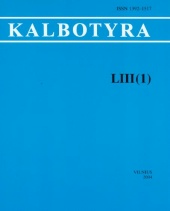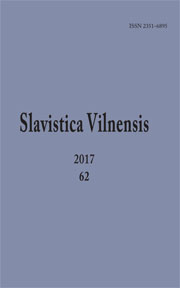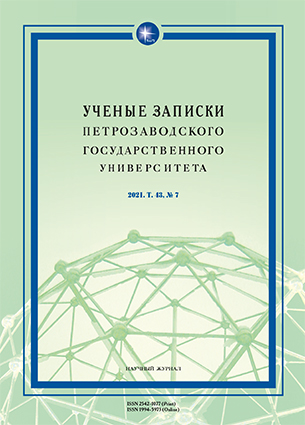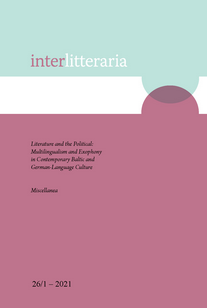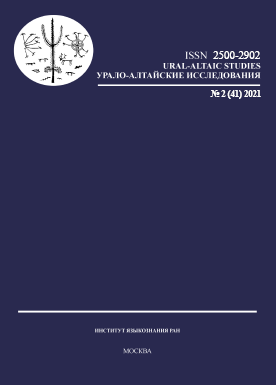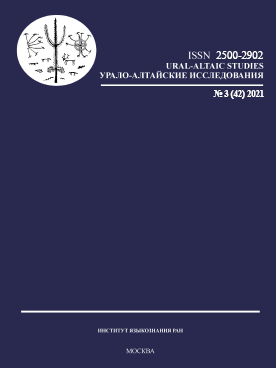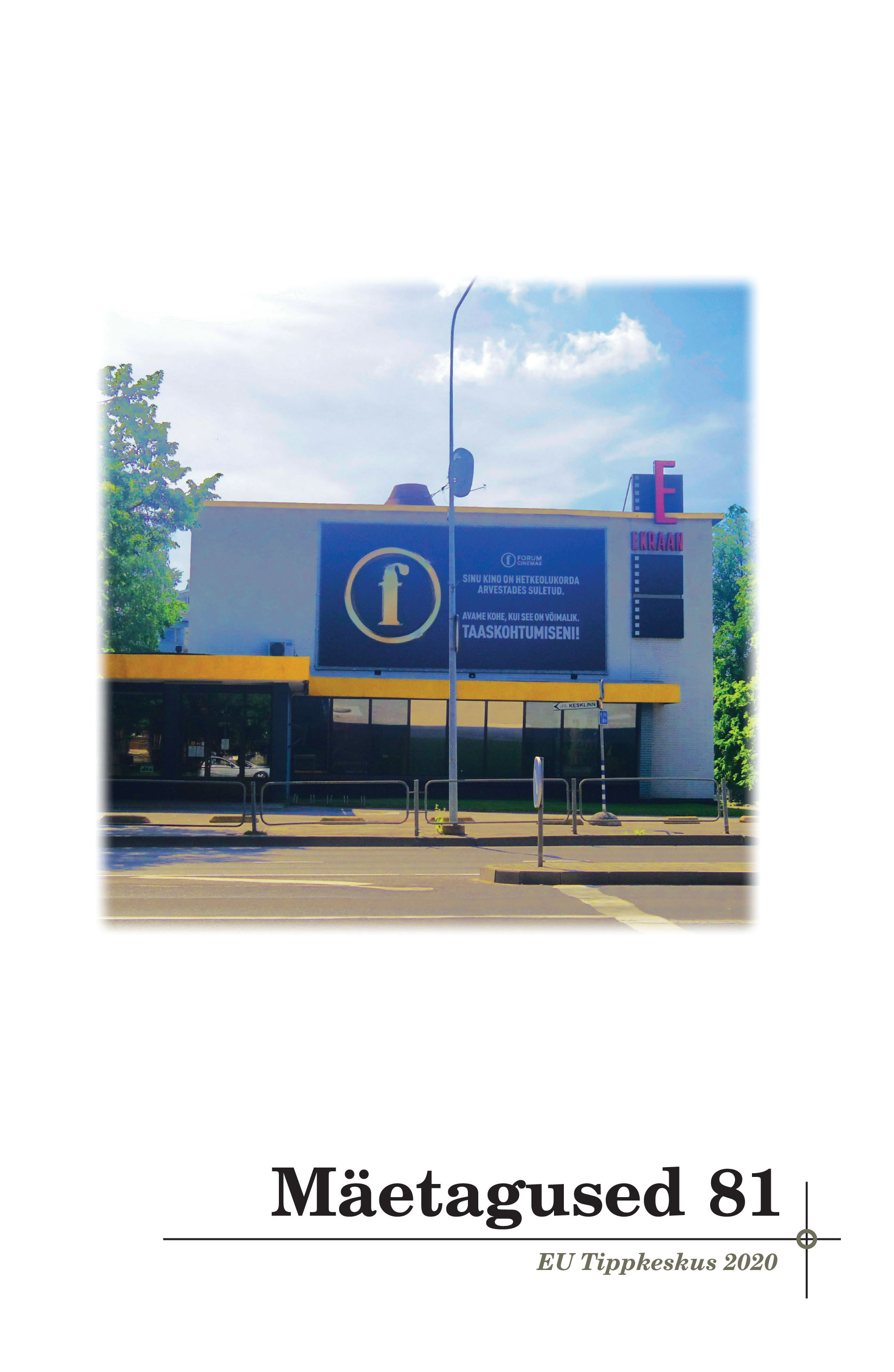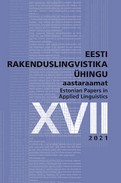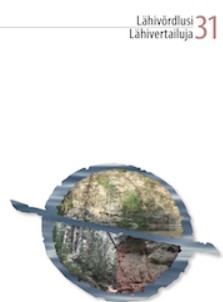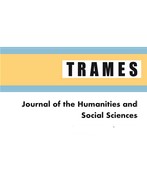Lümanda, Lümandu ja Lümatu
On the Estonian territory there are at least six, if not seven place names with a putative underlying form *lüm(m)ättü. In view of settlement history those names refer either to old villages, medieval manors or similarly dispersed old allodial farms. as the landscapes where the places thus named sit do not look similar at all there is little hope in finding an appellative referring to a common characteristic of the landscape. Instead we can argue that the motivating name, which has originally contained a passive past participle, might rather be a pre-Christian personal name. The participial suffix belongs to the most frequent ones in ancient Finnic names. The personal name *lüm(m)ättü cannot be reduced to the orthodox form Kliment(i) of Clemens. Most of the medieval spellings of the names are luminitial, while the first spellings associable with the Estonian adaptation Leemet of Clemens appear in the 17th century. The hypothetical personal name *lüm(m)ättü can be compared to those deriving from the Finnic stem lempi, including the name of Lembitu, the 13th-century elder of sakala. It is surmised that one of the possible reasons behind the emergence of the lüm-initial variant could have been the perception of the sound of the personal name *lemmittü as expressive, which triggered a series of names with varying vowels.
More...
